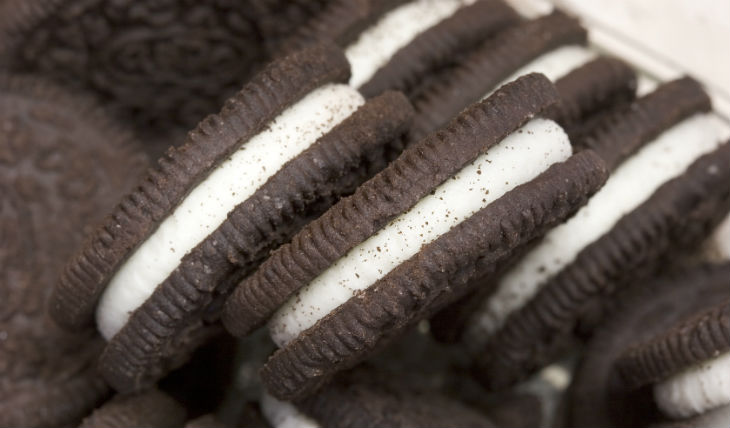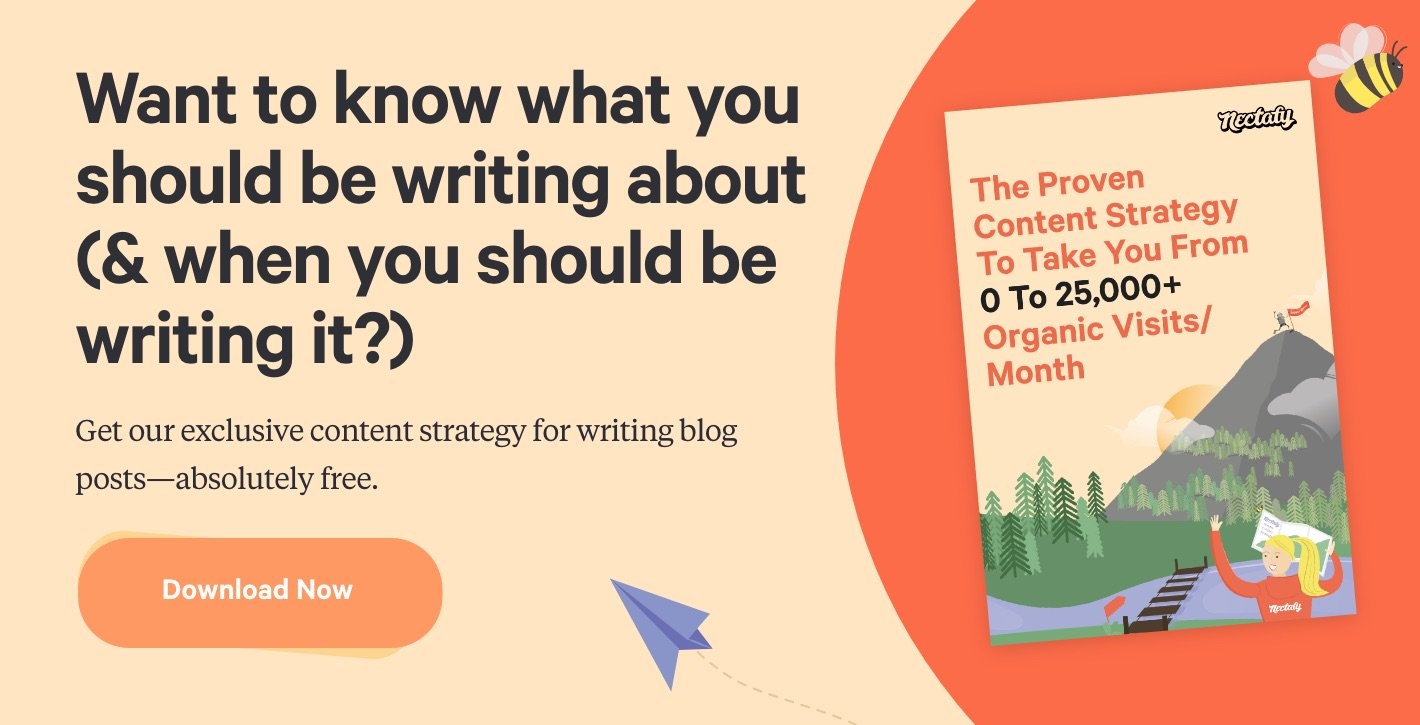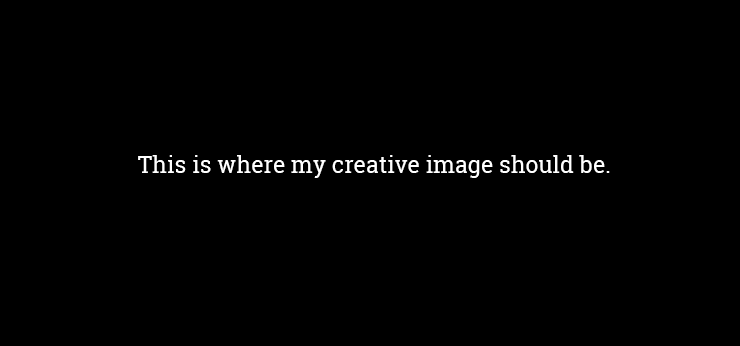What Is Middle-Of-Funnel Content & How Do You Know If You Have It?

Earlier this week, my husband came back from the grocery store with “fauxreos,” my probably less-than-generous name for the generic version of my beloved sandwich cookie.
Now, while I’m all about a good deal, one thing I will always shell out the extra money for is real Oreos. Why? To me, it’s all about the middle. Generic brand cookies don’t have the same fluffy, creamy, delightful taste and texture—the center just isn’t quite right. When it comes to Oreo cookies, to get it right, you have to focus on what’s in the middle.
I think we should pay more attention to what’s in the middle when we talk about our content, too.
Unlike the delicious Oreo center-of-the-cookie, middle-of-funnel (MOF) content is often treated as the afterthought—the middle child of inbound marketing. It doesn’t get the attention top- and bottom-of-funnel content receives.
But it should!
What is middle-of-funnel (MOF) content?
Picture a funnel. (We call it a sales funnel or a buying funnel.) The widest part of the funnel is the “top,” the narrowest part is the “bottom,” and the middle part is—yep, you guessed it—the “middle.” Dividing the buying funnel into these sections is one way you can categorize the people visiting your website and “consuming” your content. Kind of like an Oreo cookie, you can’t talk about MOF content without recognizing the other sides—in this case the top- and bottom-of-funnels.
Top Of Funnel
“There is a problem I am trying to solve... I've become aware of it and I'm researching ways to solve it.”
- We also call this the “awareness” phase.
- At the top of the funnel (TOF), people realize they need to solve a problem, so they are searching for ways to do that.
- TOF content is about topics that are tangentially related to what your company offers. This content may not talk about the exact problems your product solves—and that’s a good thing!
- The idea behind TOF content is to begin building trust by helping the reader with questions sort of related to the issue that you can help them solve.
What TOF Content Looks Like
When our prospects are in the TOF/awareness phase, we offer our own super-detailed strategy for inbound marketing. You can check it out here: How To Build Your Own Lead Machine.
Middle Of Funnel
“It seems like there are ways to solve the problem... and it's time for me to consider those options.”
- We also call this the “consideration” phase.
- At the MOF, people are aware of the solutions to a problem—you and your competitors together are one of those solutions.
- MOF content is for people who have traveled further into the buyer journey and are actively considering what options are out there to solve their problem.
- They are more interested than prospects in the TOF about your business, but they are not yet ready to contact you or hire you (that comes in the bottom of the funnel).
What MOF Content Looks Like
When our prospects are in the consideration stage, we offer them a Sample Inbound Marketing Proposal. We consider this MOF content because, at this point, our prospects have discovered what content and inbound marketing are and they’re considering how to implement it. They’re asking themselves, “Can we handle that workload ourselves? Should we hire a marketing person to do it? Should we hire an agency?”
Bottom Of Funnel
“I know the problem needs to be solved and it's decision time—which solution should I go with?”
- We also call this the “decision” phase.
- At the bottom of the funnel (BOF), people are choosing between you and another solution. BOF content is for people who have considered their options and are ready to hire your company.
- Generally, your BOF content resides in the pages of your website and not your blog. Since you’re talking mainly about your company in BOF content, you should be giving good reasons for someone to choose you throughout your website instead of mainly in blog posts.
What BOF Content Looks Like
BOF content answers the question, “Why should I go with your company and not someone else’s?” And it’s typically done person-to-person: through an assessment, a trial, a demo, or a consultation.
At Nectafy, our BOF content is for prospects who know who we are and are deciding whether or not to hire us for our inbound marketing services. They want to know, “Can I trust Nectafy to do this for us? How much will it cost? How much will I be involved in the process?” After we’ve answered those questions for them, all they have left to do is say yes or no.
Our Free Inbound Marketing Assessment is an example of what we offer to our prospects when they’re in this stage.
An Example Funnel
Let’s use the companies we typically work with for an example—B2Bs interested in getting more leads for their company. Here’s an overview of how their buying funnel plays out:
- TOF: “I need more leads, and I need to find some solutions.”
- MOF: “I could hire internally, go with an inbound agency, work with a social, SEO, or digital agency, I could start doing it myself, or I could get software to help me do it.”
- BOF: “I'm going with either an inbound marketing agency (like Nectafy) or a full-time marketing hire.”
How To Know If You Have Middle-Of-Funnel Content
Let’s talk more about MOF content. It’s a little trickier to pinpoint, but it is crucial, because it’s the sieve that brings good, qualified leads closer to your company.
MOF Content Is Not:
- Where your company should try to solve the problem. Wait until your BOF content to introduce your product/solution.
- About talking yourself up. Instead, MOF content is where you should talk about the options around your product offering.
- For everyone. If you don’t understand your industry, your competitors, and your customers, MOF content will be difficult for you to implement effectively.
MOF Content Is:
- How you can help people sort out their options for solving a problem.
- The “bottom” of your non-promotional marketing.
- More information about the solutions you offer and how they’re related to the problem you’re helping solve.
- An answer to the question, “Is there a better way?”
- Best executed by a company that understands the industry they’re in.
An easy way to differentiate between MOF and BOF content? With bottom of funnel content, your brand name is always the sole solution.
What are the benefits of middle-of-funnel content?
- It tells people there’s more to explore about the scenario and sets the stage for your product/solution. Someone may come looking for X, but MOF content shows them the alternatives—including your solution—and explains which is the most effective for them.
- It’s the link between capturing people with your TOF content and getting them to consider your BOF solution. MOF content introduces them to the thought of a paid solution, and it continues to provide data, helpful information, and support until eventually they realize your solution is actually the best one.
Examples of great MOF content include:
- Spec Sheets
- Downloadable Checklists
- “Versus” Articles
- Advantage/Disadvantage Articles
- Comparisons
- Strengths & Weaknesses
In Conclusion
If you’re looking to identify your real leads in a sea of readers and followers, middle-of-funnel content is what you need. With helpful MOF content, you’ll earn the trust of the people you can actually help with your solutions, and ultimately, you’ll be able to prove it to them.
So, did this clear up any questions you had about what MOF content is all about? Leave me a comment below and let me know!



